For over 20 years, David Jackson used technology to enable severely disabled people to make music – ideally music for performance. Running workshops for anything upwards of 100 players, David combined his expertise in conventional music and instruments (he collects handbells and unusual ethnic percussion) with his understanding of technology.
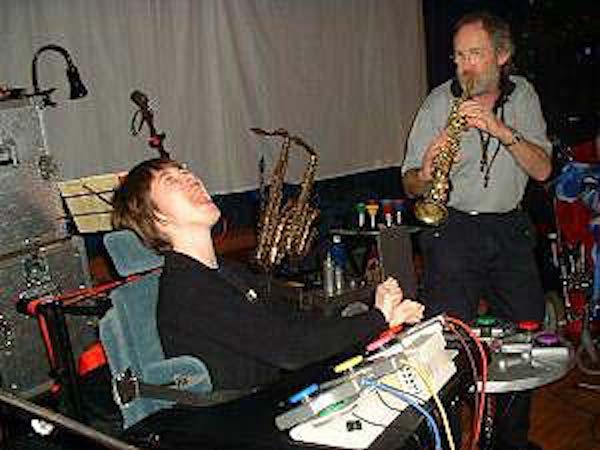
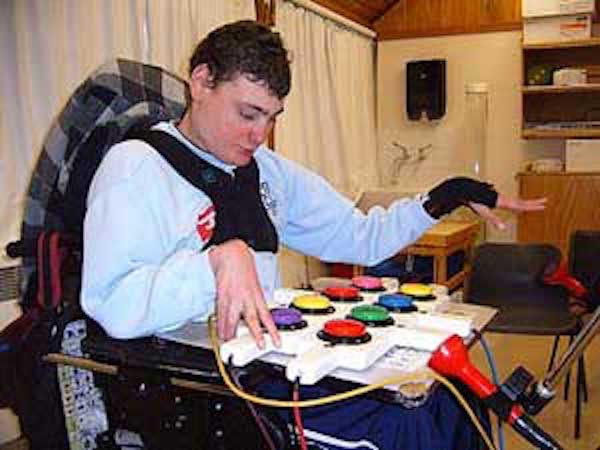

His system, which he named Tonewall, incorporated Soundbeam – a tool which works by sending out an ultrasonic ray which enables body movements to ‘play’ electronic musical instruments. He also used the Jellybean Eye – a switching system he developed that allows up to 8 performers to become an orchestra, rock band or simply the notes of scale, and Echo Mirrors – digital sound effects for stunning voicework or sampling. He wrote various pieces of music that combined the music thus produced with his own saxes and other conventional musical instruments (see composition).
He was also a Soundbeam trainer, system designer and builder.
This interview by Tim Locke gives a good overview of David’s work with Soundbeam and disability.
Celebration Concert – ‘Bethel’, Germany 2007
Time Spanners Project – Thatcham UK 2008
The House that Cried – Lecco Art Lab 2007
Festival Internazionale delle Abilitá Differenti, Italy – 2011
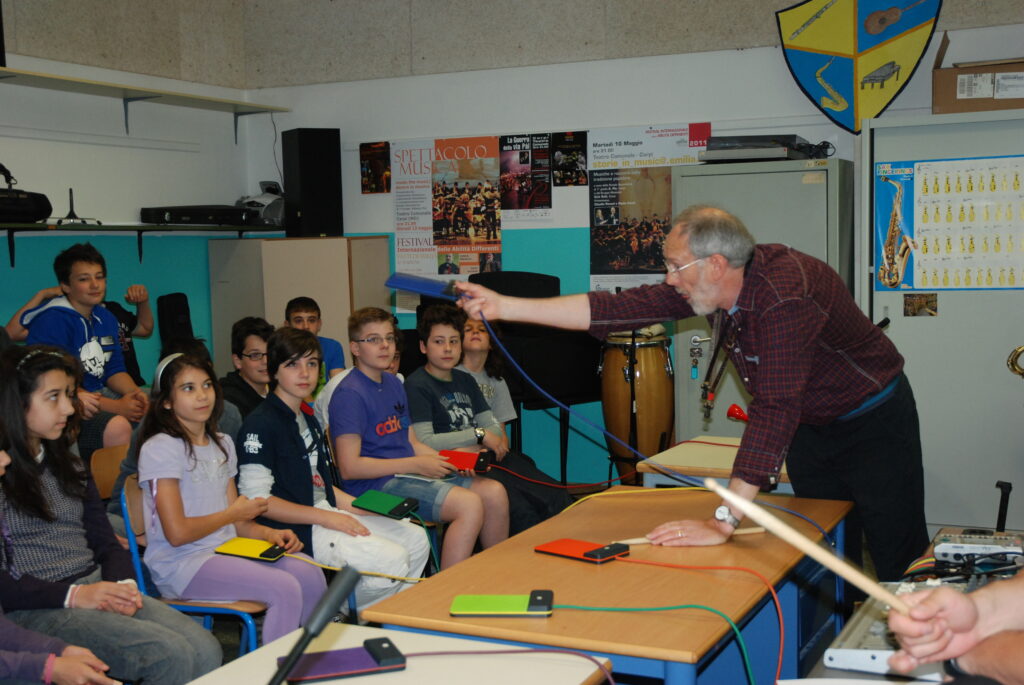


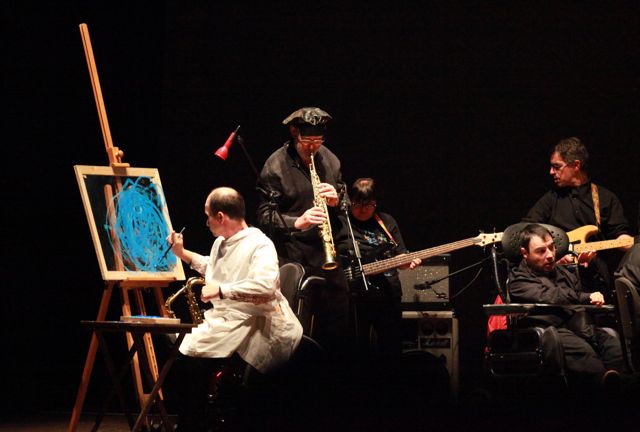




CRAMS & Guastalla, Italy
Soundbeam projects undertaken in Italy in collaboration with CRAMS (Centro Ricerca Arte Musica Spettacolo).
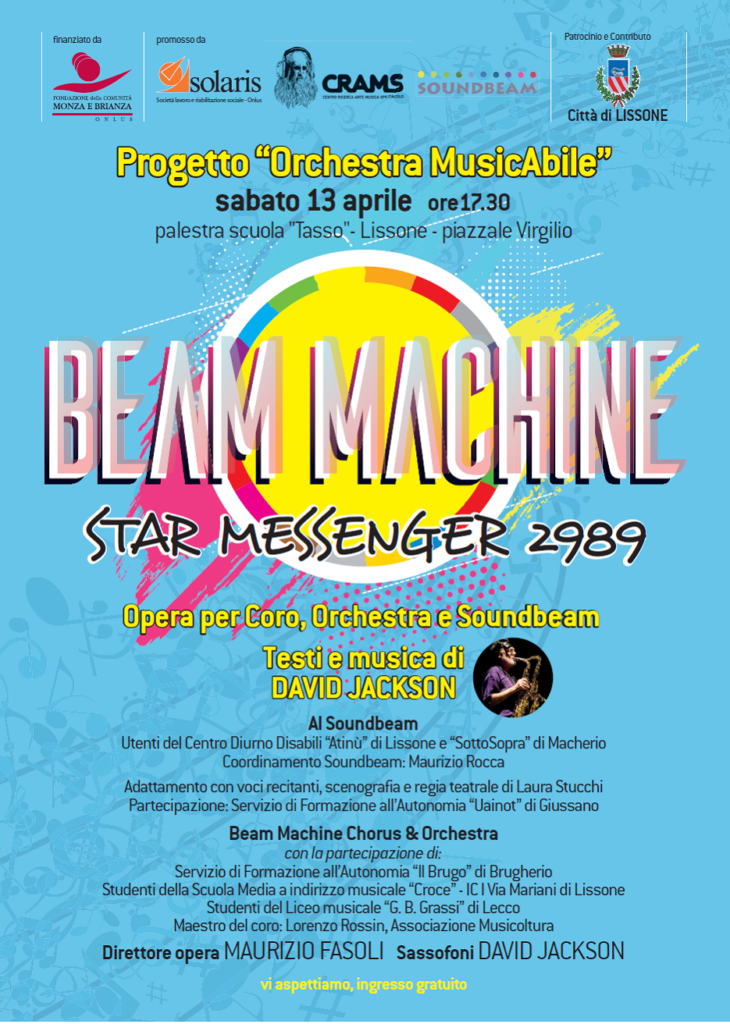

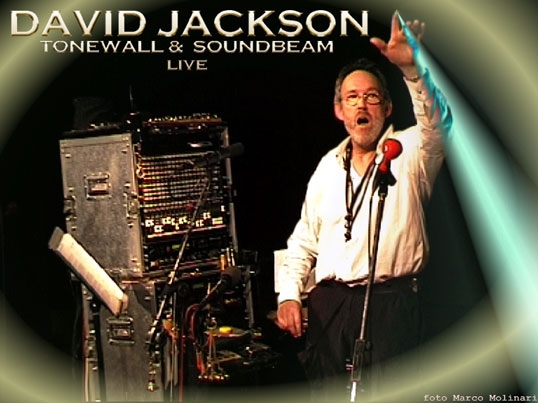





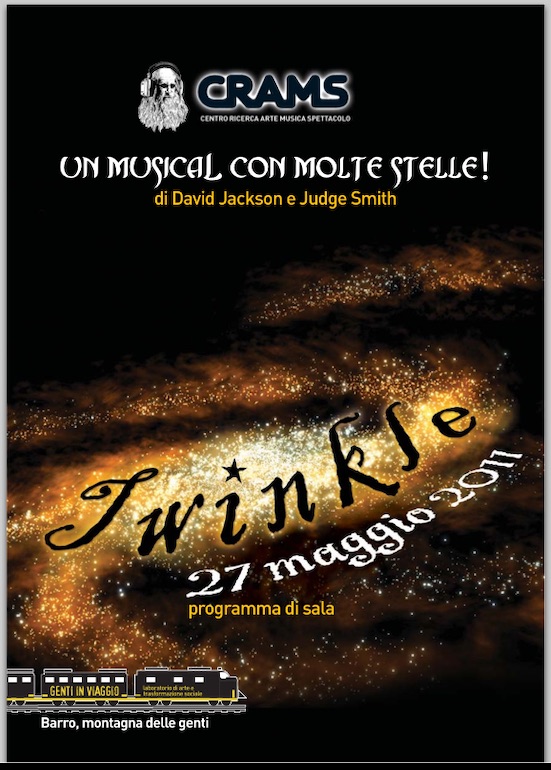






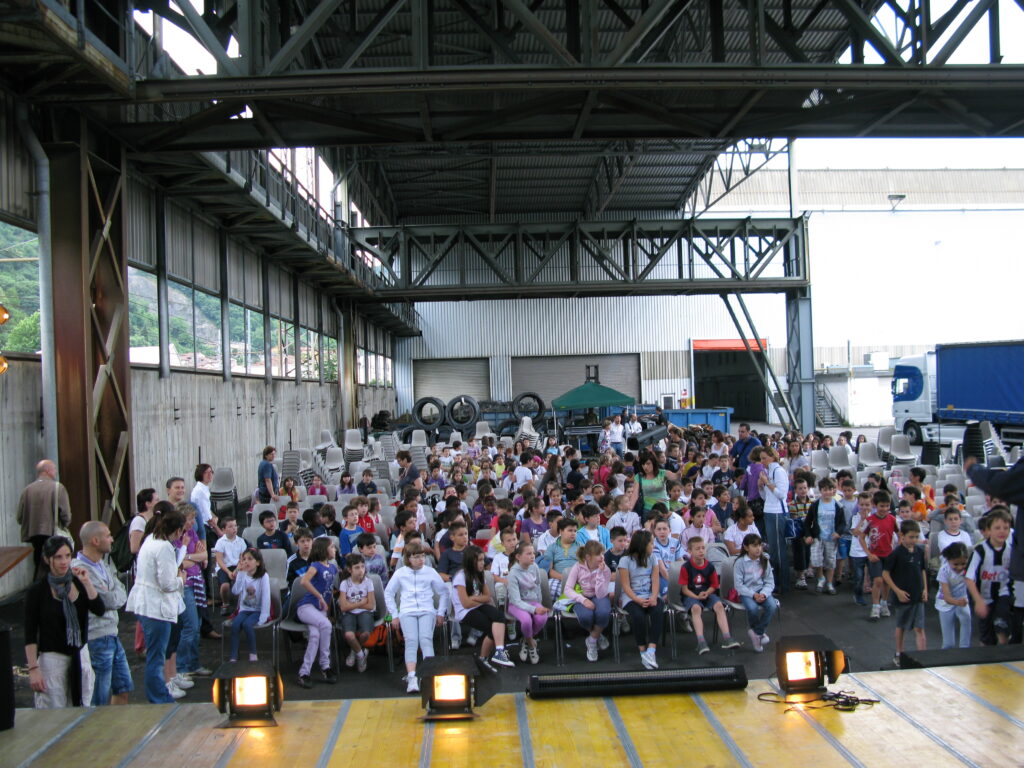














Parity for Disability
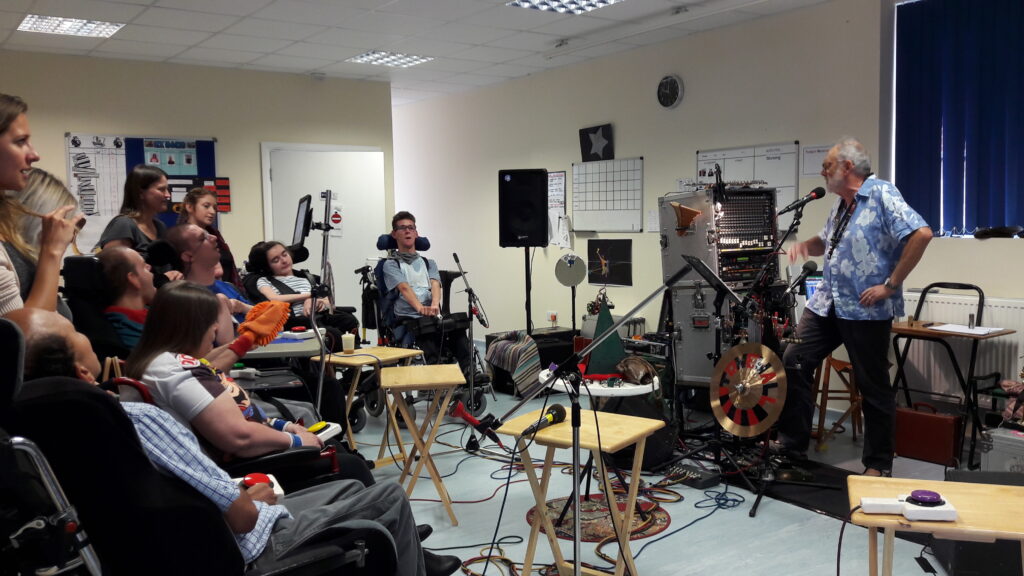
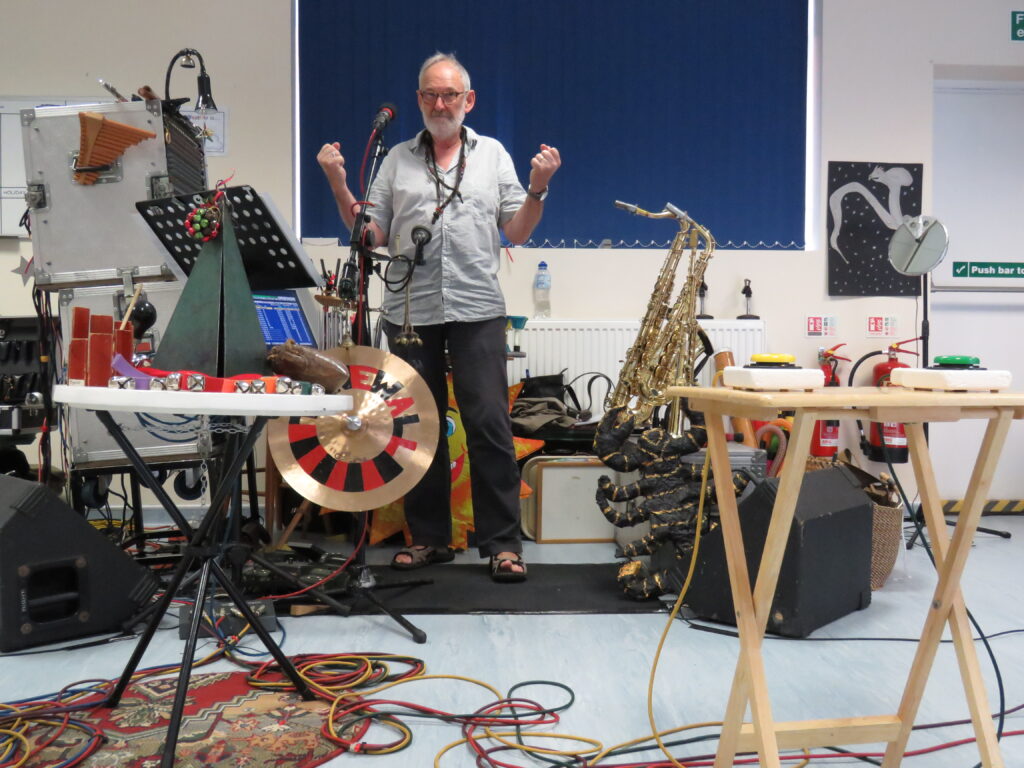











Meldreth Manor School
SCOPE – Equality for Disabled People




















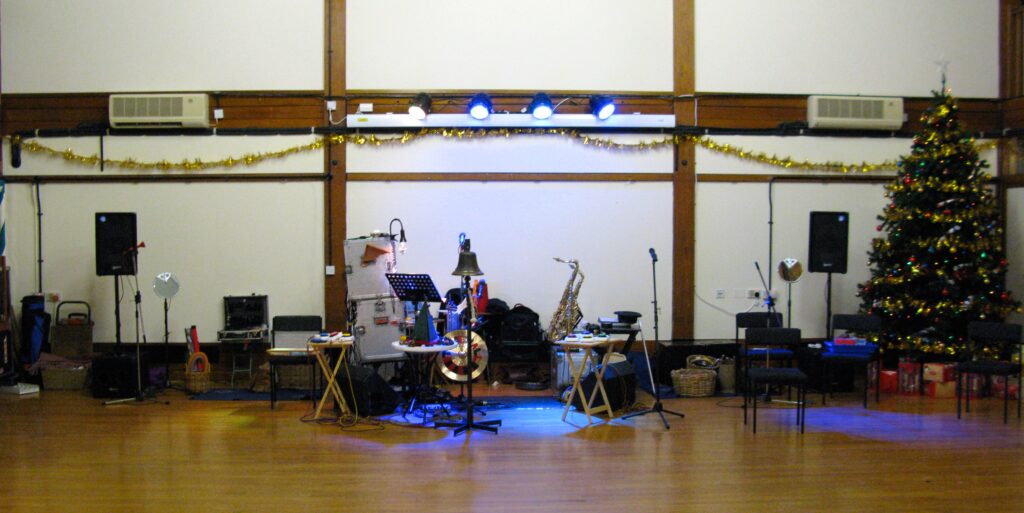



Tree of Light, 2012
Tree of Light was a national Arts Council England supported ‘Legacy Trust UK’ project to create an unforgettable contribution to the London 2012 Cultural Olympiad using a large group of community performers.
Led by choreographer, Charlie Morrissey, Nocturne Dance collaborated with various schools and local communities to create four large scale public outdoor performances in Reading, Oxford, Windsor and Henley.
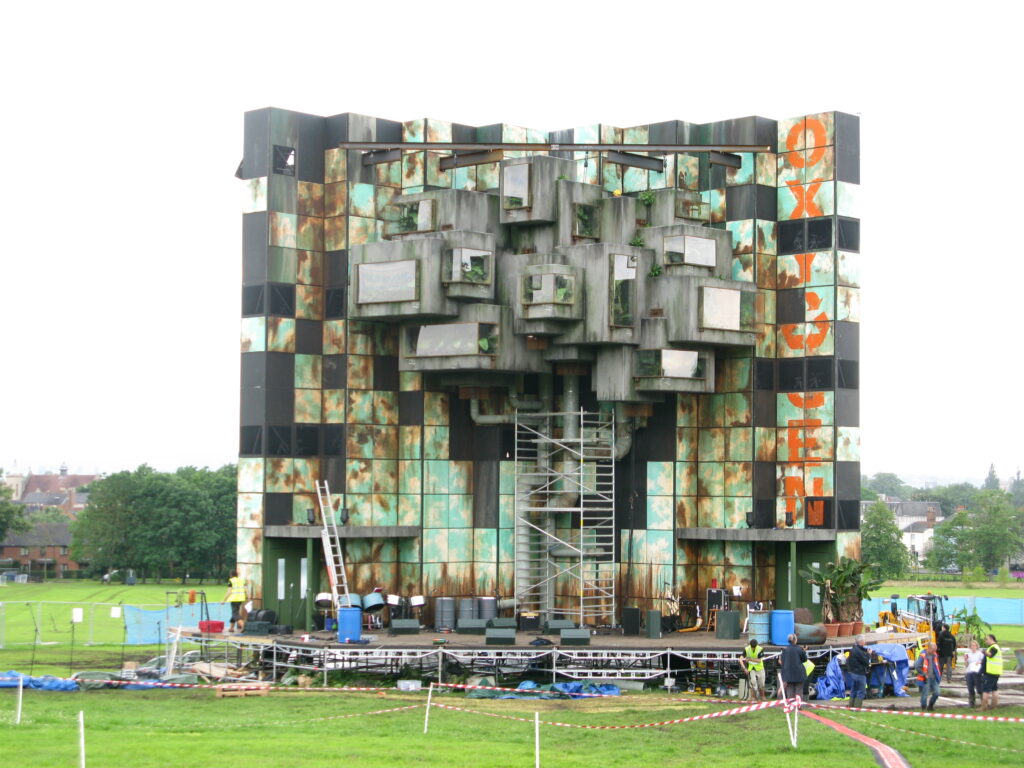











Twinkle
PRESS RELEASE about TWINKLE Premier 2007
Musical Extravaganza – where Disabled Children are Stars
A team of 15 children in wheelchairs will be stars, quite literally, in the galactic premiere of “Twinkle”, a musical exploring the stories behind the constellations to be played in the Anvil, Basingstoke next month. (June release)
The 70 minute theatrical and musical extravaganza was especially composed for the children of Treloar’s, a special school for physically disabled young people near Alton in Hampshire, by former rock musician, David Jackson
A starring role is played by national slalom wheelchair champion, Shane Hartop, age 15, from Salisbury, who hurtles around the stage incandescent, as Kinesis, a hurtling ball of light.
His fellow pupils from Treloar’s will play “virtual instruments” providing sound effects and electronic music supported by a trio of professional musicians. Songs are performed by the Basingstoke Junior Choir and the stories acted out by children from three Basingstoke junior schools, Marnel, Winklebury and St Mary’s Old Basing, who will have finished their SATs.
Commissioned by the Anvil in Basingstoke, Jackson wrote the piece with lyricist Judge Smith. The two used to play in the rock band Van der Graaf Generator.
The work has been 20 years in the making, according to Jackson, who was once a maths and music teacher. “This is the big one – my most ambitious work to date.”
“As a teacher I found children fascinated by the myths and legends about our constellations. The idea for this musical work was formed then but written over the last two years.
“Working with children from Treloar’s and helping them realise just what they are capable of, is an absolute passion of mine. It is so much more rewarding than trudging around in a rock band.
The Anvil Managing Director, Matthew Cleaver, said:
The Treloar’s youngsters, who appear suspended in the clouds, play the pantheon of the Gods of Olympus, carrying out the bidding of tough and truculent Zeus whose language bears an uncanny resemblance to a well-known tycoon: “Orion, you’re a loose cannon, you’re fired!”
The disabled young people, some of whom would never normally be able to play instruments, do so through “Soundbeam” – an invisible beam which translates movements into sounds; and through Jackson’s “Jellybean Eye”, a switching system that enables up to eight people to access eight different virtual instruments in one go.
This form of music practised at Treloar School, enables even severely physically disabled young people to play music independently, often leading to improvements in physical and intellectual skills.
“Many of our young people animate enormously when they get the chance to play music. You see it in their faces,” said Jason Goodall, music curriculum manager at Treloar School. “That’s what makes this job so tremendously worthwhile.”
This is the second project for Jackson and Treloar School. In Anvil Rings seven years ago, the show was such a success, the children went on to play at the Queen Elizabeth Hall in London to rave reviews.
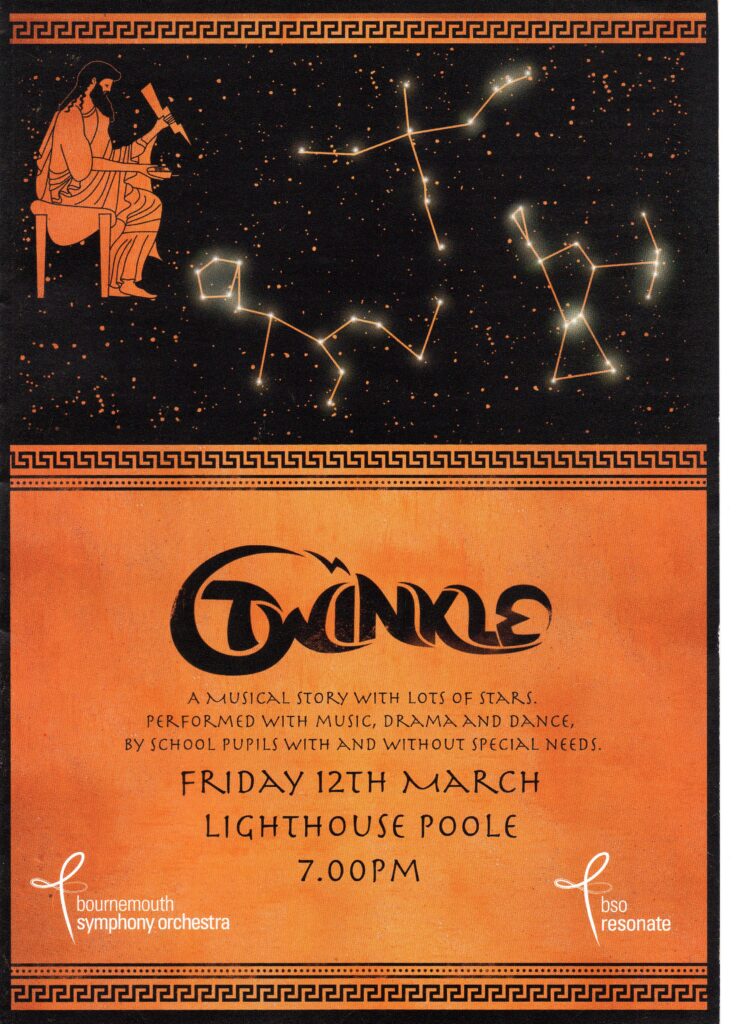





















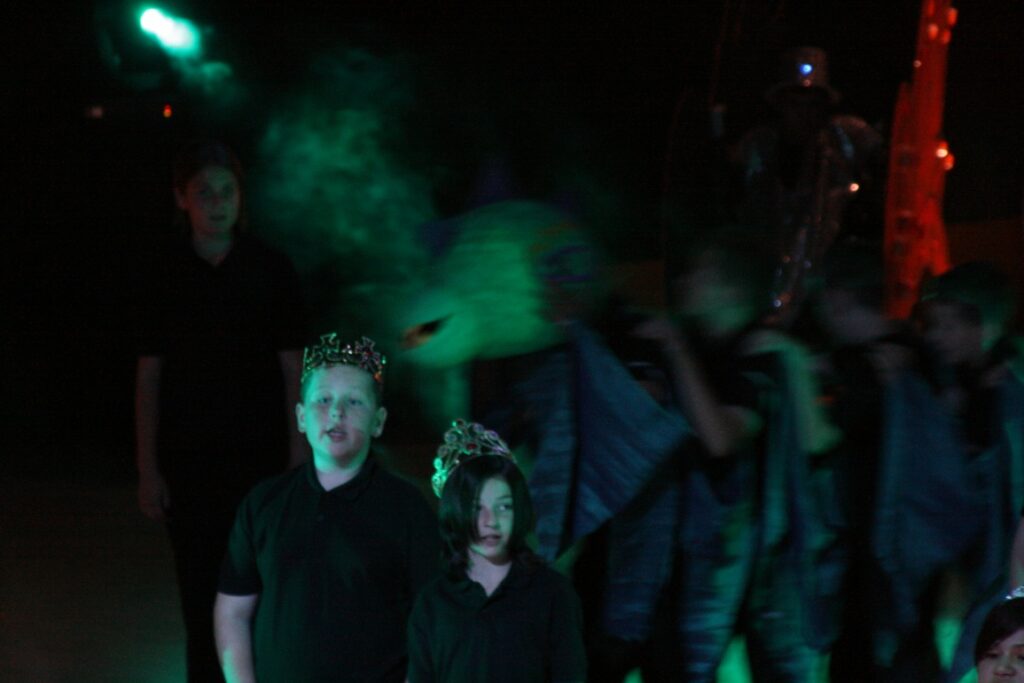

























Example of a Schools Project 2011 – Press Release

‘Tortoise’s Dream’
Meldreth Manor School – 23rd June 2011
‘Tortoise’s Dream’ is musical story inspired by the African Folktale written by Joanna Troughton. It will be performed outdoors by disabled children from Meldreth Manor School, working together with local children from Meldreth Primary School. This is an annual musical event that just gets better every year!
This story is about a tortoise that dreams about one tree that will provide all the food we might ever need. All the other animals prevent the tortoise from going to find it, and one by one they encounter insurmountable problems along the way. They all eventually give up the search, allowing the tortoise to finally win the day. A special Meldreth Manor twist turns this magical folktale for children into a strange mystery story for all ages. As the day of music and drama unfolds, we will try to discover the cause of the upsetting accidents that befall even the mightiest of Africa’s wildlife.
All of the children have helped to make the fantastic props and costumes. They are all involved in acting, movement and dance – and especially the music. There is familiar material in the show and several new songs especially written by musician David Jackson. What makes this show particularly unusual is the level of musical involvement from the disabled children. They use Soundbeams and Switches and play the beautiful music themselves using sampled African musical instruments. They will also control the spectacular animal sound effects that resound throughout the show. The primary children are our choir, our supporting musicians and dancers and our collaborators for the bigger epic scenes. When the crafty tortoise eventually finds the Omungo Rombonga Tree, the children will share the succulent harvest with the audience.
David Jackson was a member of the 70’s progressive rock band Van der Graaf Generator. He is now well know as a Soundbeam musician creating large scale performance pieces for combined forces of children and adults of all abilities. These works have been performed in UK, Ireland, Norway, Sweden, Germany and Italy. He has recently returned from Lecco where his marvelous show *Twinkle* was performed by 500 children and adults in a steel factory.
Soundbeam is ‘an invisible elastic keyboard in the air’. It allows people of all abilities to make music and control sound through movement. Soundbeam systems incorporate Switches that allow even more access and control to groups of players. A virtual orchestra of up to 12 musicians or dancers is possible.
Some reviews of David Jackson’s Tonewall work:
“Marvellous; a great day for music!”
Andy Baker – Bournemouth Symphony Orchestra
“One of the most absorbing and convincing dialogues that I’ve heard between man and machine.”
Chris Blackford – The Wire
“We are marvelling at your ability to bring the best out of everyone. You turned our youngsters into stars and gave them a tremendous sense of pride, worth and self-belief.”
John Sweeting – Chief Executive, Treloar Trust
“Original, captivating and professional.”
Barnardo’s High Close School, Wokingham
TRAINING “School for Soundbeam” Project at Meldreth Manor School
declared outstanding by OFSTED
Tonewall – featured in The Times Interface, The Independent & The Guardian, BBC, ITN, CNN & NBC TV NEWS, Tomorrow’s World, Radio 1 – Newsbeat, Radio 3 – Music Matters & Radio 4 – Education Matters and You & Yours.
What is Soundbeam?
The composer Edward Williams is responsible for development of Soundbeam, the ultra-sonic distance-to-MIDI converter which enables movements, at a distance and without physical contact to ‘play’ electronic musical instruments. One of its more remarkable features is that many, young and old, with various forms of disability, can now make music in this way too – often leading to noticeable increases in their physical or intellectual skills. Soundbeam’s potential is currently being extended (by Brian Johnson) to include the use of light-related sensor technology.
Soundbeam was originally conceived as an esoteric performance tool for professional dancers; the recognition of its significance in the special education and therapy fields is a user-led phenomenon.
Soundbeam provides a medium through which even profoundly physically disabled or learning impaired individuals can become expressive and communicative using music and sound. The sense of control, agency and independence which this provides can be a powerful motivator, stimulating learning and interaction in other areas. Soundbeam is identified as a key resource by the Qualifications and Curriculum Authority in assisting children with learning disabilities to attain learning targets as prescribed by the National Curriculum for Music. Its success rests upon two factors: the sensitivity of the beam means that even the most unreachable or immobilised individuals can ‘play’ independently; secondly, electronic technology makes available a huge palette of possible soundworlds, releasing the player from the traditional limitations of percussion-based activity.
Soundbeam works by sending out an ultrasonic ray which can be varied in length from a few inches to several metres. It converts information about movement and distance into a language called MIDI – an electronic code which is used to send instructions to electronic instruments.
“A Soundbeam is an invisible elastic keyboard, in the air, but it’s a keyboard that you can adjust; it doesn’t have all the notes all the time and it isn’t necessarily one sound all the time, or necessarily one size – so it can have one note and be tiny or it can have 64 notes and be 6 metres long! – or 64 notes and be 43 centimetres long – you know it can have anything you want in it, but the important thing is that you have to move within it and the better your quality of movement within it the more beautiful the music’s going to be because that’s always been the case with music. You have to programme what notes are in the beam, programme the articulation and the articulation is a very, very powerful part of Soundbeam, because it allows you to play up and down the beam, in and out of the beam, start and and stop sounds in the beam, lots of very sophisticated playing techniques for the beam which really have to be taught – but, having said that, certain disabled people play it with an intuitive understanding which defies belief – they seem to know how it works, which is marvellous.” (David Jackson)
What are Soundbeam’s applications?
- can offer an expressive medium, giving motivation to move, to compose, to explore movement and sound;
- can be tuned to respond to the tiniest gestures or the most sweeping movements, so that a really broad range of ability/mobility can be accommodated;
- is excellent for simple cause and effect work, giving an experience of control which can help to establish the basic building blocks of learning;
- can assist with the delivery of the National Curriculum and be used for ambitious composition and performance projects;
- has a spectrum of applications that makes it ideal for inclusive activities.
David Jackson’s Jellybean Eye is his ingenious switching system that enables up to eight people (who may have disabilities) to access eight different instruments in one go.
Visit the soundbeam website here.



